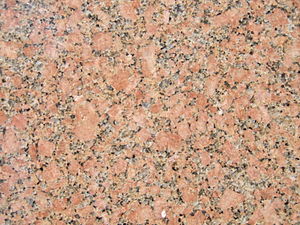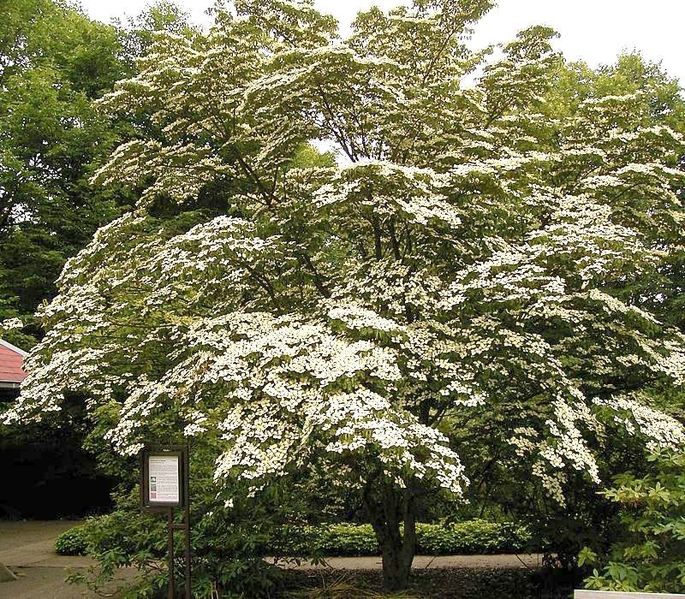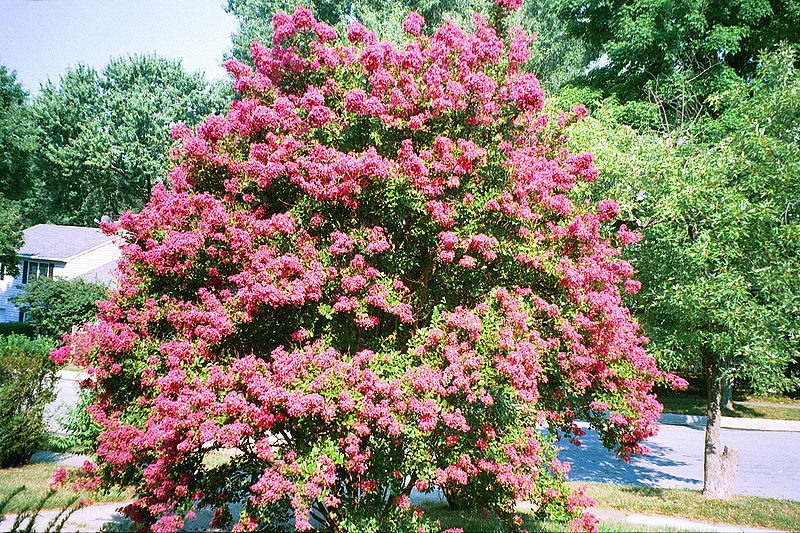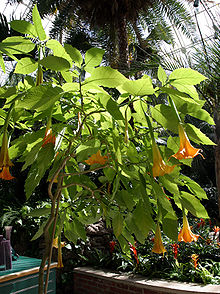ENB 150 Blog
Wednesday, December 12, 2012
My Plant
My plant never grew. I put it on my windowsill, so it got plenty of water. But my windowsill is behind my desk, so the plant was usually hidden from view. That means I forgot about it some. So I probably didn't water it as often as it needed. That's probably why it didn't grow. The first few days I am pretty sure I watered it every day. Or at least every other day. But it still didn't grow... :(
Thursday, November 1, 2012
Ocmulgee National Monument Lab
During the Early Mississippian Period (900-1150 A.D.), the people living in the Macon Plateau support themselves through agriculture. They grow crops such as corn, beans and squash, which grow plentifully due to the "rich river floodplane."
As this culture declines during the Mature Mississippian Period (1150-1350) other villages appear downstream. These cultures, called Lamar and Stubbs villages, combine the Woodland culture and the Mississippian culture. During the Late Mississippian Period (1350-1650), the Lamar culture flourishes in the southeast.
Europeans start exploring the area and chronicling their finds around 1540.
Sources, and more informaiton: Ocmulgee National Monument.
As this culture declines during the Mature Mississippian Period (1150-1350) other villages appear downstream. These cultures, called Lamar and Stubbs villages, combine the Woodland culture and the Mississippian culture. During the Late Mississippian Period (1350-1650), the Lamar culture flourishes in the southeast.
Europeans start exploring the area and chronicling their finds around 1540.
Sources, and more informaiton: Ocmulgee National Monument.
Monday, October 22, 2012
Soil
Soil Texture Diagram
Munsell Soil Color Chart
"In colorimetry, the Munsell color system is a color space that specifies colors based on three color dimensions: hue, value (lightness), and chroma (color purity). It was created by Professor Albert H. Munsell in the first decade of the 20th century and adopted by the USDA as the official color system for soil research in the 1930s.
Several earlier color order systems had placed colors into a three-dimensional color solid of one form or another, but Munsell was the first to separate hue, value, and chroma into perceptually uniform and independent dimensions, and was the first to systematically illustrate the colors in three-dimensional space.[1] Munsell’s system, particularly the later renotations, is based on rigorous measurements of human subjects’ visual responses to color, putting it on a firm experimental scientific basis. Because of this basis in human visual perception, Munsell’s system has outlasted its contemporary color models, and though it has been superseded for some uses by models such as CIELAB (L*a*b*) and CIECAM02, it is still in wide use today.[2]" -- Wikipedia
12 Soil Orders
Saturday, October 20, 2012
Minerals and Rocks
Mineral
Topaz
Limestone is a sedimentary rock composed usually of calcite and aragonite. Many limestone rocks contain skeletal fragments and marine organisms. More information.
Topaz
Topaz is a mineral made of aluminium and fluorine. It has mostly a prism shape. Pure topaz is colorless, but orange topaz is the birthstone for November (possibly the greatest month of the year). More information.
Rocks
Granite
Granite is na igneous rock made of the minerals quartz, feldspar and hornblende. It has a granular and crystalline texture. They vary in color from pink to gray. It is usually very large in size, and is very hard and tough. More information.
Gneiss
Gneiss is a metamorphic rock. Gneiss is usually rough. There are three types of gneiss rock: Lewisian, Augen Gneiss and Archean and Proterozoic Gneiss. More information.
Limestone
Monday, October 1, 2012
ENB Lab #2
The Prunus x yedoensis, also known as the Yoshino Cherry Tree, is one of the most popular and widely-cultivated cherry trees. It is a hybrid of unknown origin found naturally in Japan. More information.
The Dogwood tree is in the family cornaceae and is deciduous. More information.
The Magnolia Grandiflora is commonly known as the southern magnolia or bull bay. They are native to the southeastern United States. It is an evergreen tree with large white flowers. More information.
Lagerstroemia is commonly referred to as Crepe Myrtle, a species of evergreen shrubs and trees native to the Indian subcontinent and parts of southeast Asia and Australia. More Information.
"Itea is a genus of about 10 species of shrubs and small trees." They are native to eastern Asia, and one deciduous species is from eastern North America. They have small flowers. More Information.
The species in the genus holly are evergreen, deciduous trees and shrubs native to tropic and temperate zones worldwide. More information.
The Daylily is part of the genus Hemerocallis, and species are highly diverse. The flowers are perennial. More information.
The genus Antirrhinum is commonly referred to as snapdragons or dragon flowers. The petals resemble a dragon fast when they open and close. The snapdragon is native to rocky areas of Europe and North America. More information.
Brugmansia is the genus that includes the flower Angel's Trumpets, named for their large fragrant flowers. More information.
Thursday, September 27, 2012
Ocmulgee River Lab 1
To determine the elevation, we used two poles connected by a string. We put the poles on level ground and ensured that the string was also level. We anchored the string on one pole, and moved the second pole to another location. When the string was flat again, if the two sides were at different locations along the poles, we knew there was an elevation change. By subtracting one number from the other, we determined the change in elevation.
We also looked at the number of clams in certain locations along the river bank.
We found the most clams in the river, close to the shore, and less along dry riverbeds and islands. We shoveled dirt into a sift and picked out the clams.
To determine flow rate, we let a ball float along the river and calculated how long it took the ball to get from one place to the other.
Subscribe to:
Posts (Atom)
















